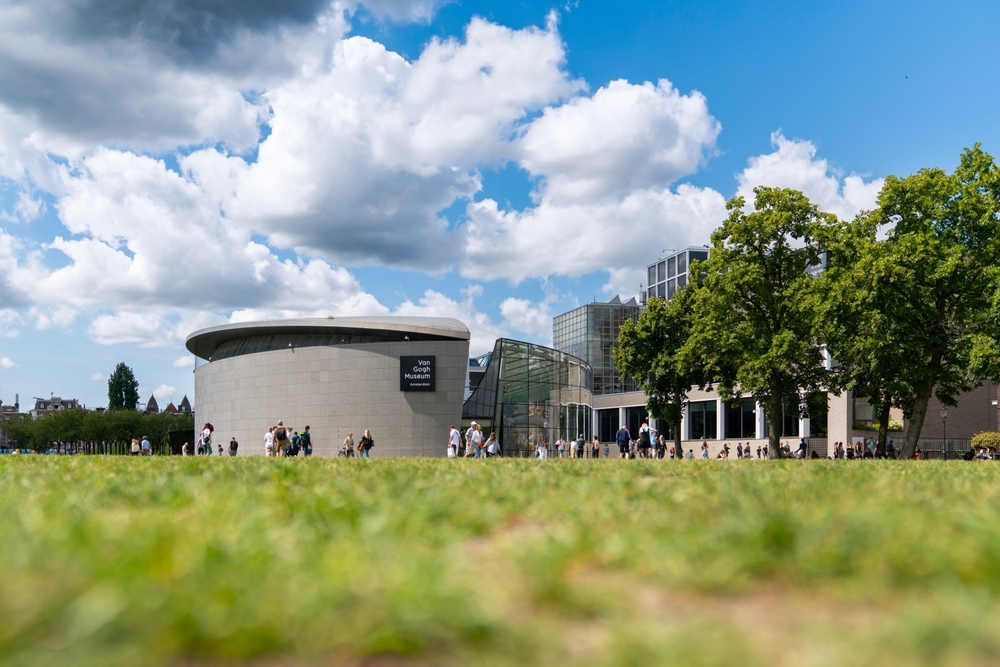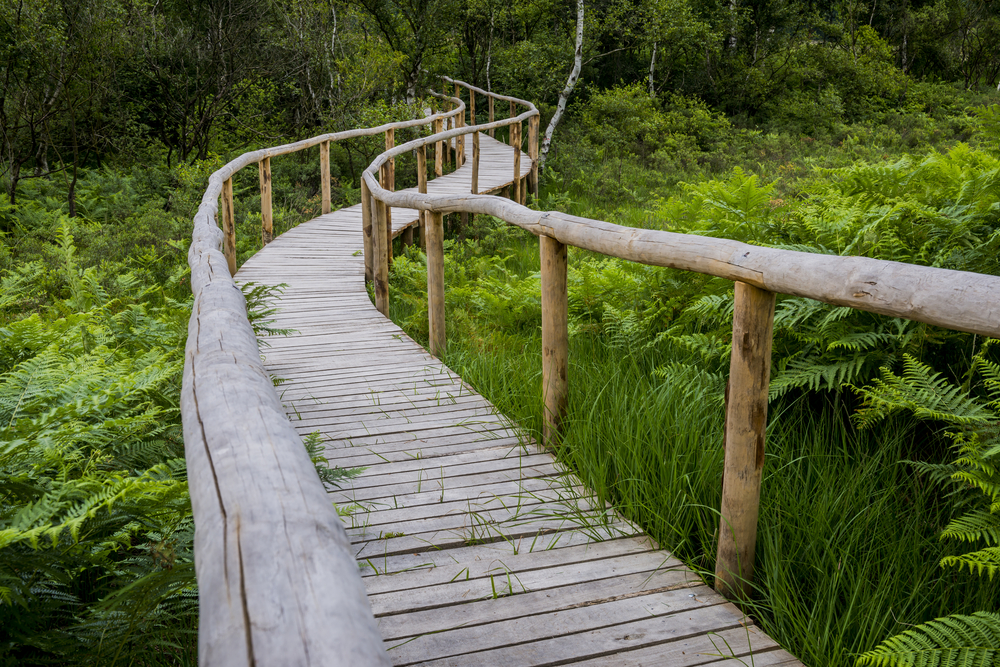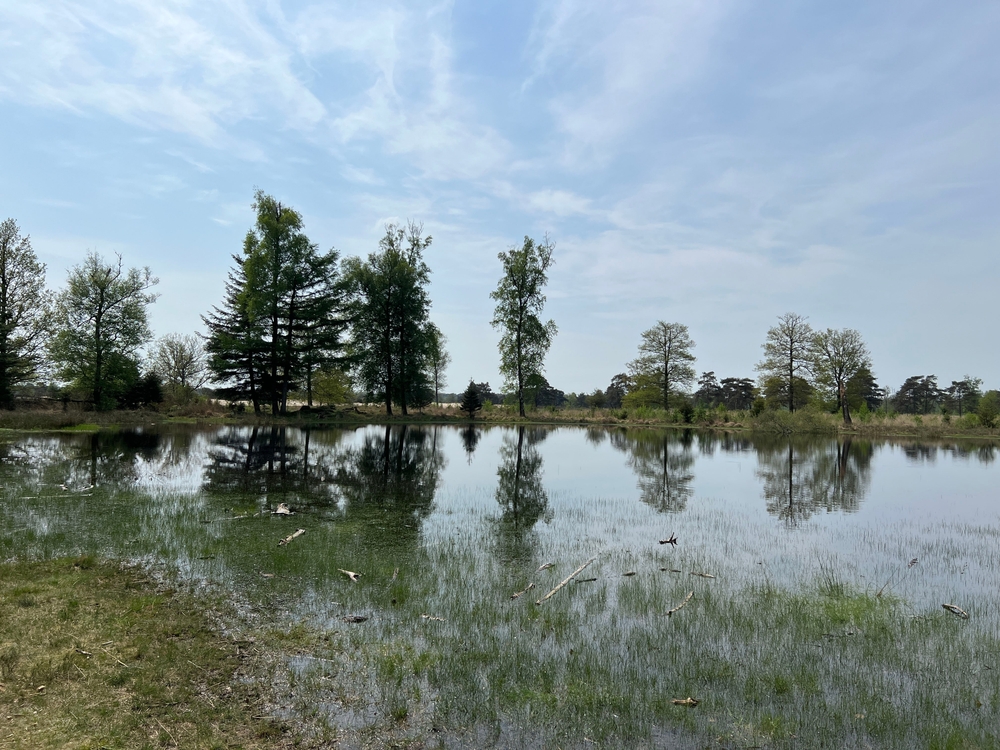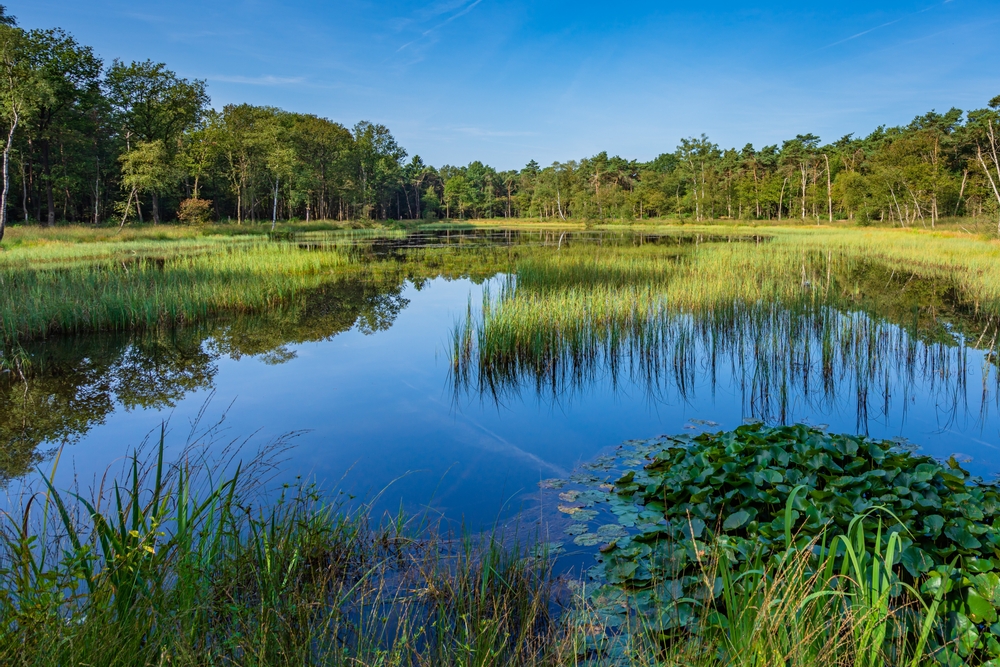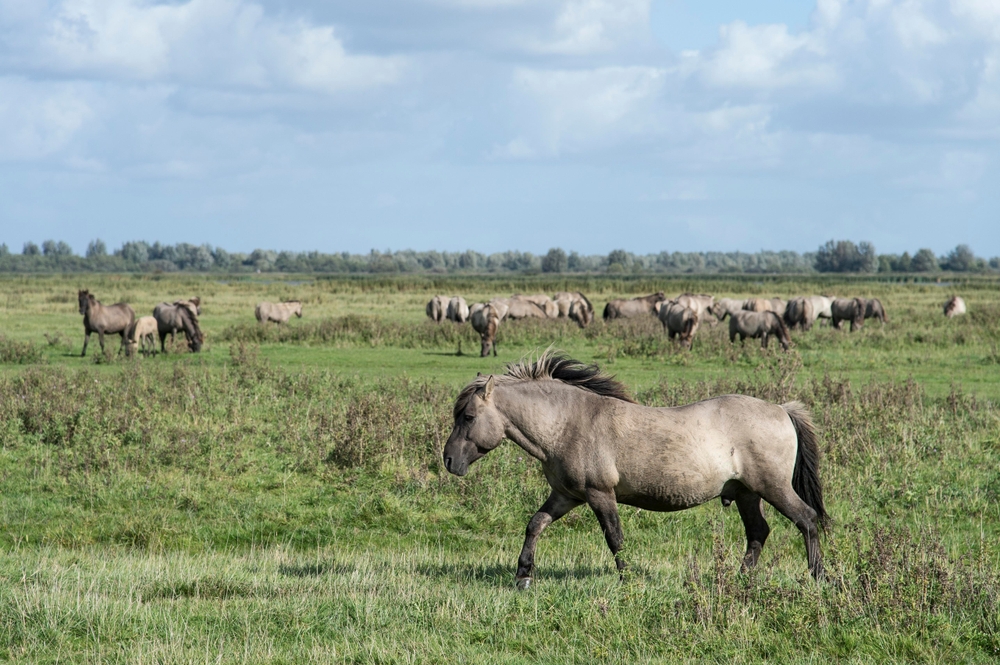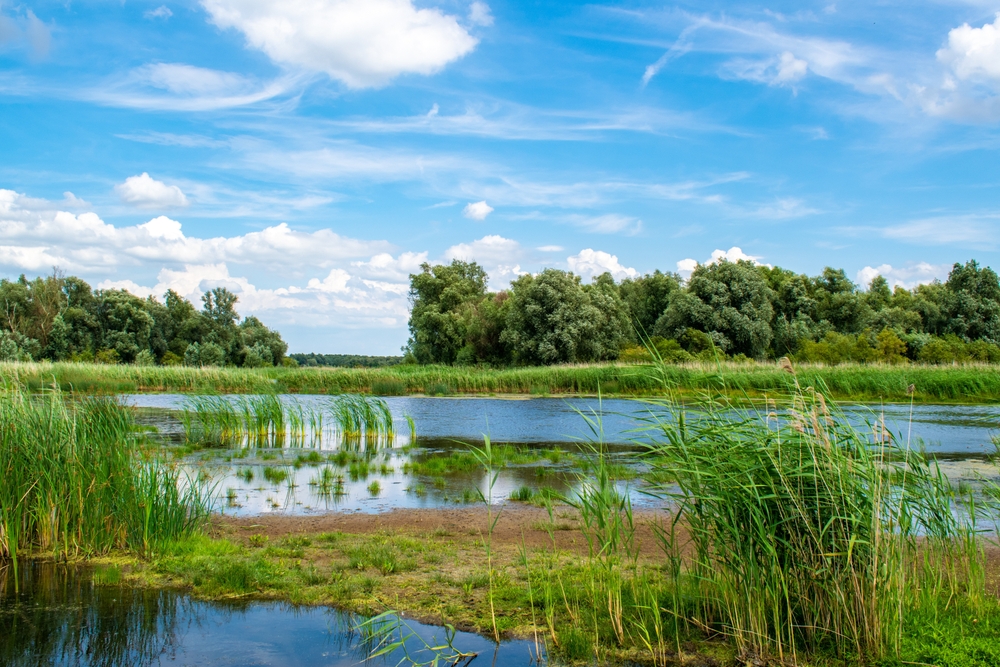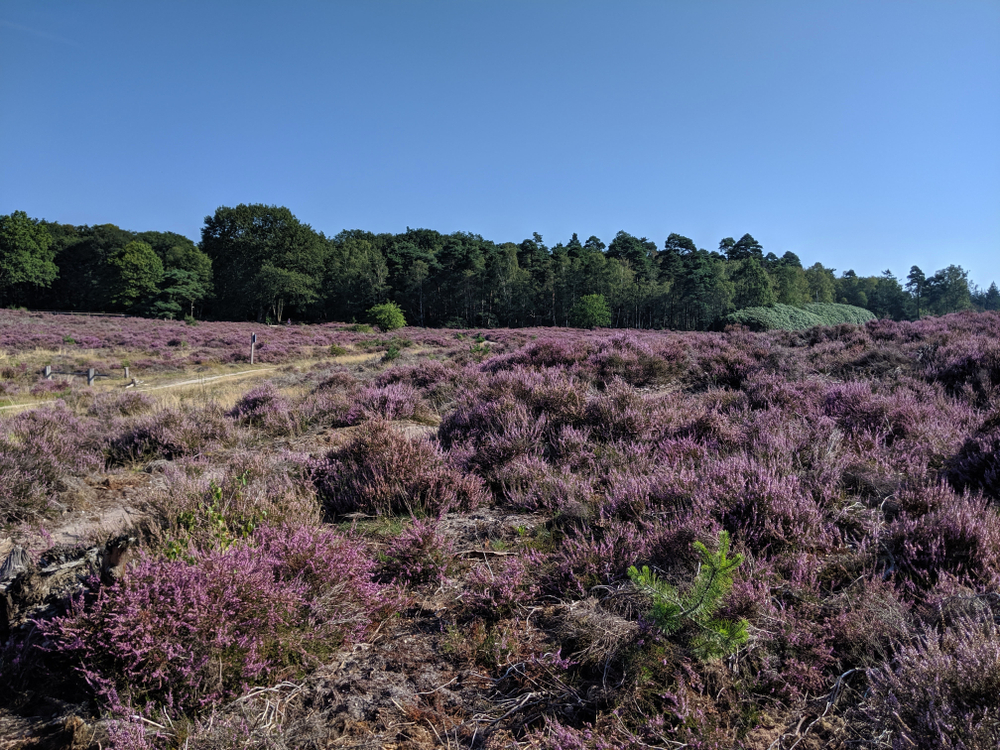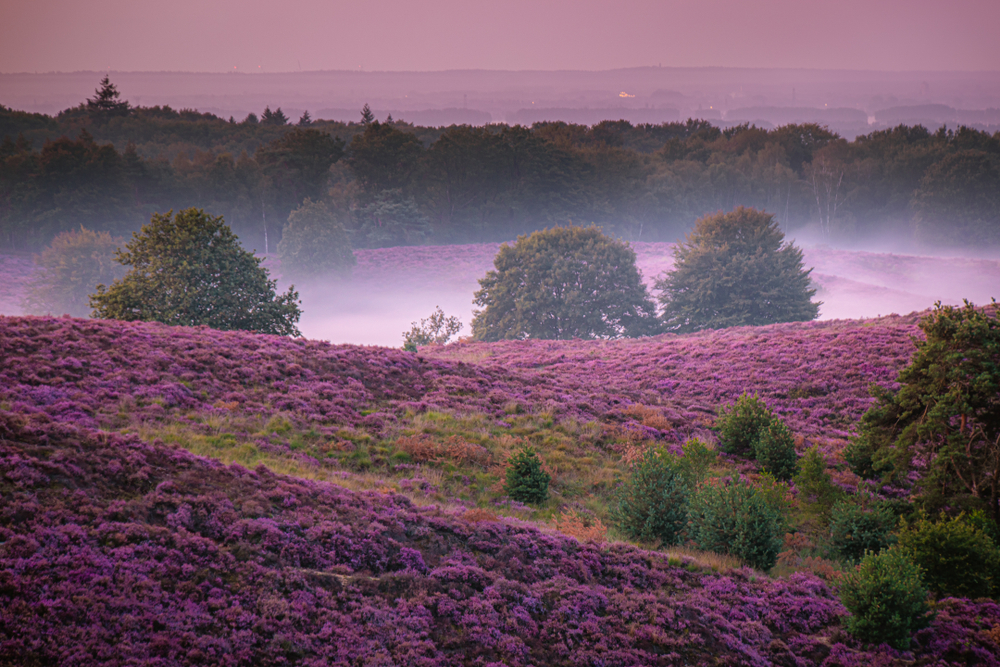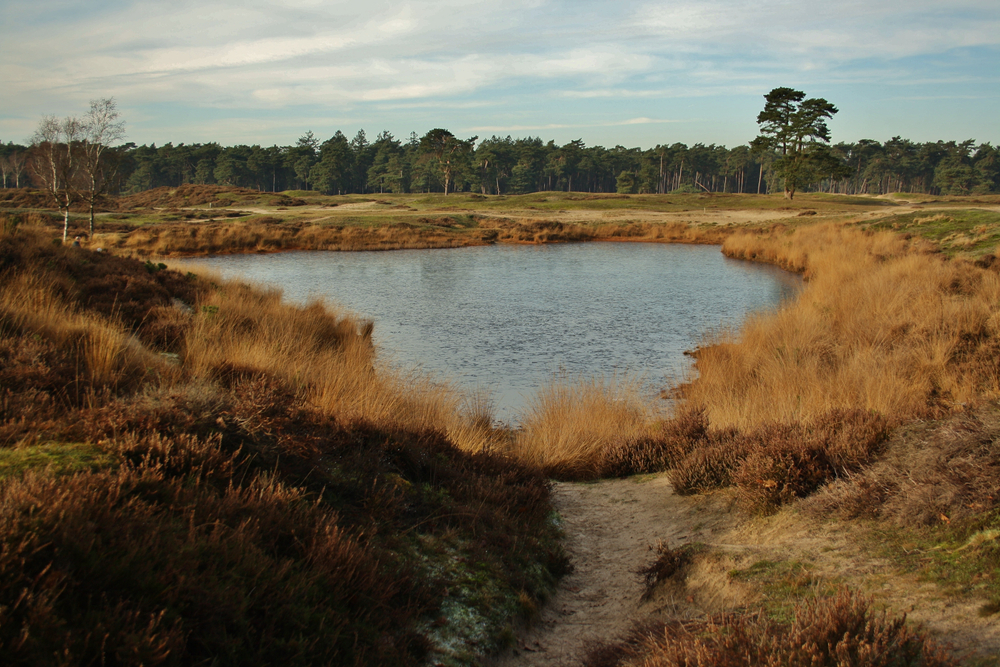Van Gogh Overview
Van Gogh National Park, located in the southern Netherlands, is a unique and relatively new national park that pays tribute to the landscapes that inspired the famous artist Vincent van Gogh.
Covering approximately 127 square miles (329 square kilometers), the park spans across the provinces of North Brabant and Limburg, incorporating a variety of natural reserves, forests, heathlands, and agricultural landscapes.
The park is not a single continuous expanse but a network of green areas connected through ecological corridors, cycling routes, and walking trails, providing an immersive experience of the Dutch countryside that shaped Van Gogh’s early artistic vision.
The terrain of Van Gogh National Park is characterized by a mixture of sandy soils, heathlands, and lush forests interspersed with meandering rivers and wetlands. The Loonse en Drunense Duinen, a striking expanse of shifting sand dunes often referred to as the “Brabant Sahara,” is one of the park’s most notable features.
The sandy plains contrast sharply with the dense woodlands and moors found in other parts of the park, including areas like De Kampina and the Oisterwijkse Bossen en Vennen, which feature serene lakes and diverse plant life. The park’s landscape reflects the very scenery that Van Gogh captured in his early works, filled with golden wheat fields, poplar trees, and dramatic skies.
Wildlife is abundant within the park, with a variety of mammals and birds thriving in its diverse ecosystems. Roe deer, red foxes, and European badgers can be spotted moving through the dense forests, while smaller creatures such as hedgehogs and pine martens inhabit the underbrush.
Birdwatchers will find the park particularly rewarding, with species such as the Eurasian nightjar, great egret, and kingfisher commonly seen. Raptors like the buzzard and the kestrel soar above the heathlands, while waterfowl such as grebes and herons populate the many ponds and wetlands. The natural richness of the park makes it a haven for wildlife enthusiasts and photographers.
One of the most popular aspects of Van Gogh National Park is its strong cultural connection to the artist himself. Several of the trails and routes take visitors through landscapes that directly inspired Van Gogh’s paintings, including areas near his birthplace of Zundert and the village of Nuenen, where he lived and worked. The Vincent van Gogh cycling route allows visitors to explore these significant locations, combining art and nature in a meaningful way.
In addition to hiking and cycling, visitors can explore the park through guided tours, horseback riding, and birdwatching excursions. The varied terrain also supports activities like canoeing in its waterways and educational programs focused on biodiversity and conservation.
Conservation efforts in Van Gogh National Park focus on maintaining the delicate balance between nature, agriculture, and tourism. The park’s ecological corridors are designed to connect fragmented habitats, allowing species to move freely and thrive.
Efforts have been made to restore wetlands and protect endangered flora and fauna. Sustainable tourism is a key priority, with measures in place to minimize human impact while promoting environmental awareness. As a relatively new national park, ongoing projects aim to enhance biodiversity and further integrate nature with cultural heritage.
Through careful management, Van Gogh National Park continues to evolve as a unique destination where art, nature, and conservation come together harmoniously.








































































